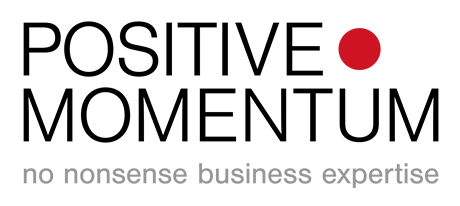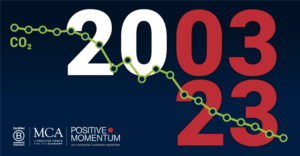IS YOUR TECHNOLOGY FIT FOR PURPOSE?
FIND OUT WITH A STRATEGIC TECHNOLOGY REVIEW
Nearly every business is a technology business nowadays. Technology is no longer just an enabler – it is the driver for business evolution.
Therefore it’s important to make sure that your technology and your relationship with your technology provider (whether in-house or external) is fit for purpose.
My fellow partner Julian March and I recently completed a strategic technology review for a client, and here we detail the 9 areas we examined. They can apply to your whole setup, or just one relationship within it, and they can also apply to your in-house functions.
Strategy:
How well does your technology align with the growth strategy of your business?
Does your technology enable you to pursue that vision?
For example, if your ambition is to scale across territories or verticals, does your technology scale with you?
An enterprise architecture framework is the highest level view of a technology stack aligning the core functions of the business with the technology to fulfill them. Without this clear view from the very top, it’s easy for technology systems to become over-complicated as new components get added over time. (I call it “spaghetti-fication”!)
Governance:
What is the quality and level of governance (operational & strategic) of the relationship between technology and the business? And how does it affect the business to grow?
Just as you will have multi-level annual / quarterly / monthly reviews of business, you need the same for your technology, at executive, strategic, and operational levels.
Risk:
What risks exist within the technology relationship and how do they impact the business?
Risks can take many forms, ranging from strategic (how committed is your technology partner to your service), personnel (who are the key players and what succession planning is in place), security (are there any vulnerabilities in your technology), and technology-based (is your technology future-proofed)
Core Business:
How important are you to your technology provider?
Are you sufficiently high up their priority list?
Is the service they provide for you their core expertise?
All this feeds directly into the amount of focus you get from your technology providers.
Efficiency:
How efficient is the technology partnership? Does your technology spend give you the best results, or can that spend work harder, or costs be reduced to deliver the same results?
Efficiency covers People (how easy is it to flex your resource as you go), Process (can you turn more processes from manual to automatic), and Tools (are you making the most of modern technologies to make your work easier).
Results:
How are the results of the technology partnership measured? Are results bench-marked against industry best practice? What frameworks are in place to maintain or improve results?
We focus on what we measure, so it’s important to measure the right things, and put the right levers in place to be able to change results & outcomes. Options include incentives for over-delivery and penalties for the opposite – but it’s vital to take a holistic view and make sure that turning up the dial on one measure does not adversely affect another measure.
Innovation:
Is the partnership aligned at all levels with shared values & objectives? Does your technology relationship enable your business to achieve its vision? What’s the level of continuous improvement and innovation within the technology relationship?
Your technology should keep place with the evolving landscape, otherwise, you risk being left behind. A portion of your activity should focus on future improvement. The pace and volume of change in technology is unprecedented – How can you take advantage of advances in technology to improve your systems?
Technology:
Is the technology deployed fit for purpose, both now and in the future?
Is your technology partner making the most appropriate use of current technologies & programming languages to ensure efficiency & future-proofing.
Pay particular attention here also to the versions of the applications you are using, and make sure they are not falling behind or opening up your business to cyber attacks.
Commercial/Contractual:
Is the commercial / contractual arrangement with your technology partner fair to both parties? Does it contain appropriate incentives and/or penalties to improve performance? Does it accelerate or constrain your business’s ability to fulfill its business ambition?
The contract is the foundation of your technology relationship. Yet at the same time, your partnership should rarely have to resort to these signed documents because both parties are acting constantly within the spirit of the contract. Therefore it’s fundamental not only that the relationship is fair but that the contract represents it fairly too.








